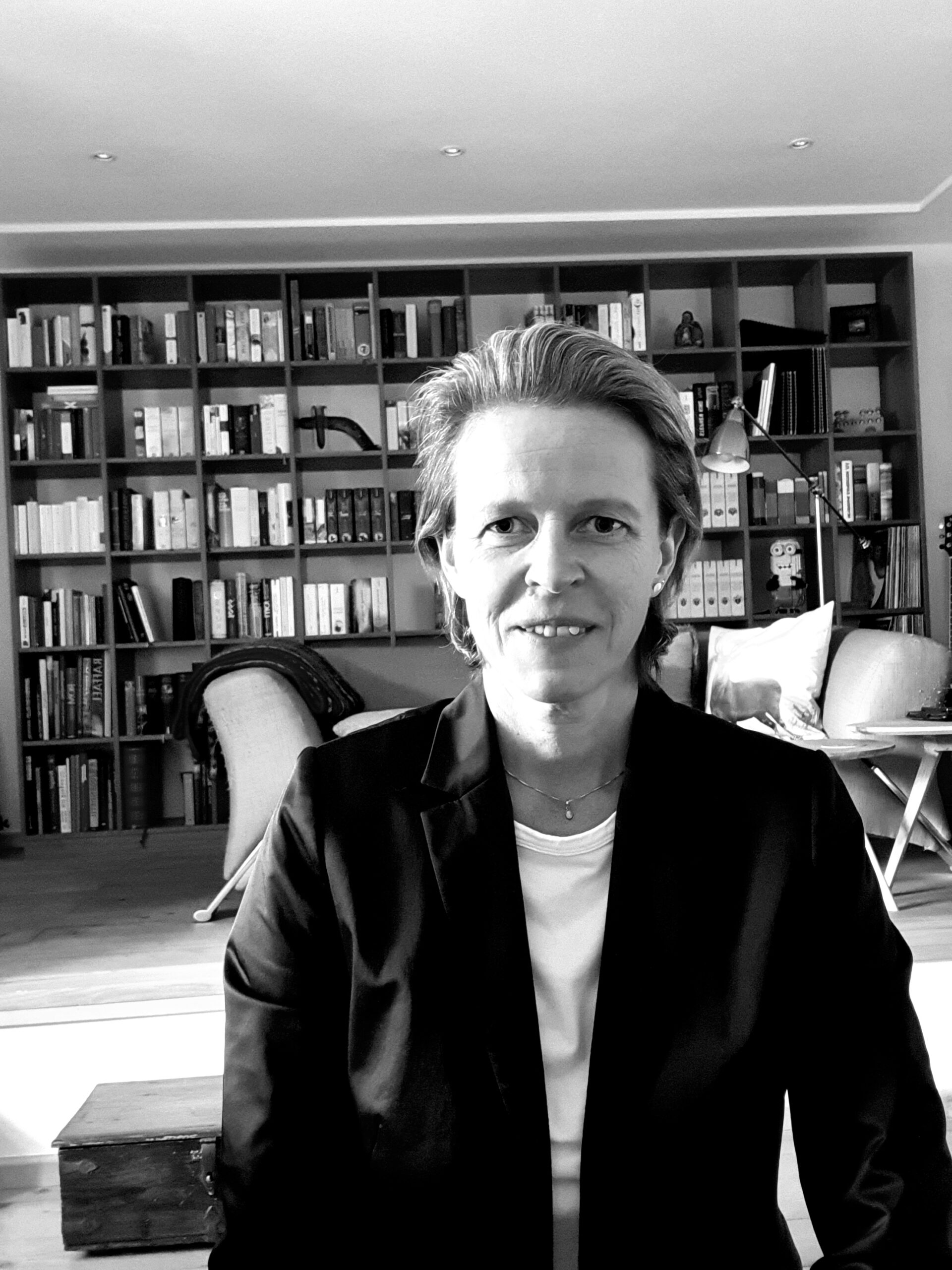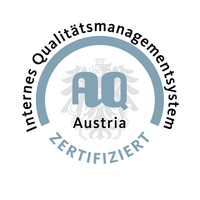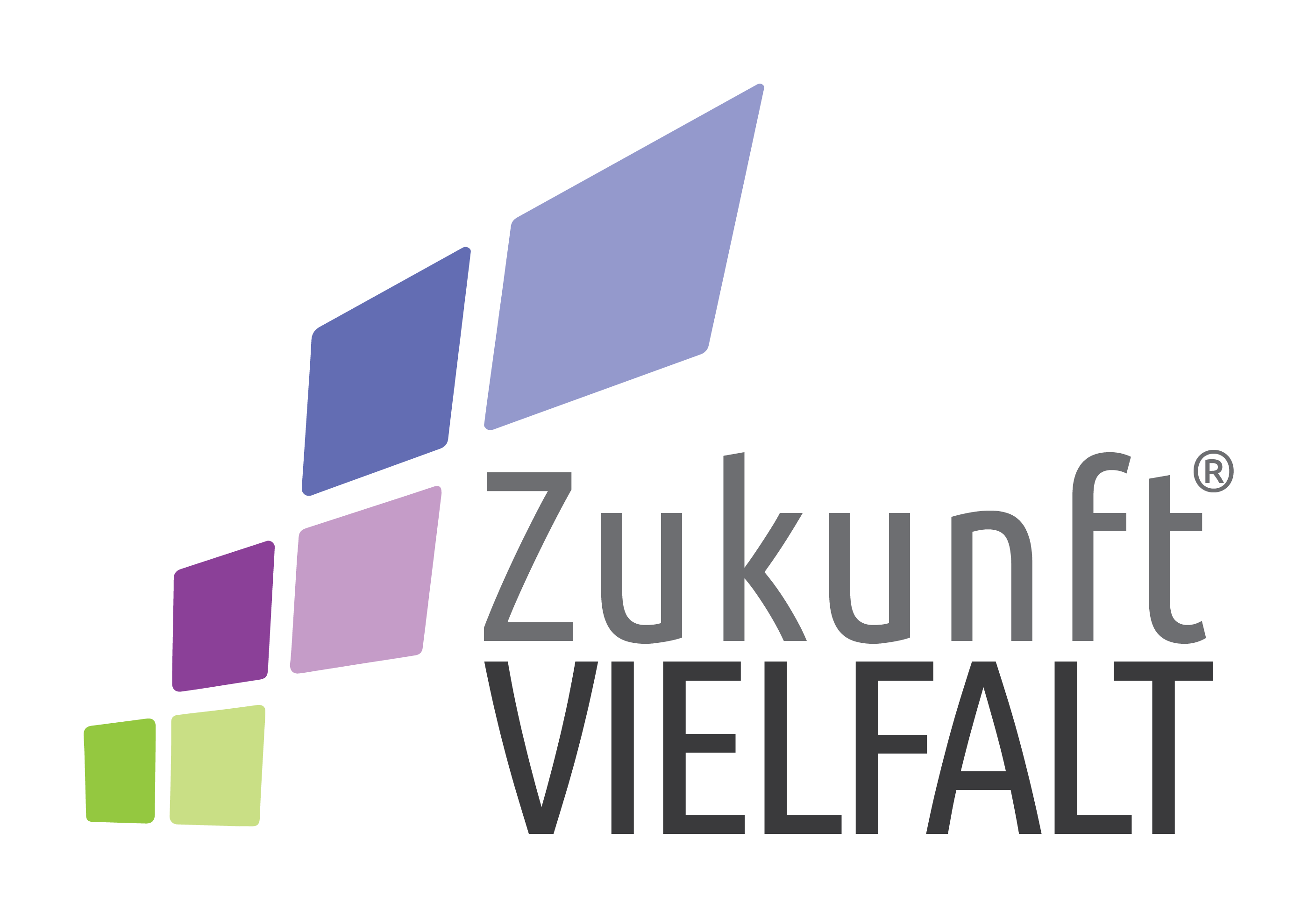Heidi Pertl-Obermeyer

HEIDI PERTL-OBERMEYER
Senior Scientist
Jakob-Haringer-Strasse 2a, Salzburg 5020
Tel.: +43 662 8044 6206
Fax.: +43 662 8044 6209
E-Mail:
Main fields of research activity:
- Development of analytical methods for analysis of the influence of curvature on shape and growth of biological tissues
- Exploration and application of biogenic material – “green biotechnology”
- 3D bioprinting for fabrication of plant cell-laden hydrogel scaffolds
- “Plant biochemistry” with main focus on adaption strategies of plants to abiotic stresses (heat, cold, and water stress) and exploration of function, regulation and interaction of membrane proteins
- „Pollen systems biology” with main focus on investigation the ability of pollen to cope with osmotic stress (osmoregulation) by using an multi-omics approach (transcriptomics, metabolomics, (phospho-)proteomics)
ACADEMIC WORK EXPERIENCE:
SINCE MAR 2020
- Senior Researcher at the University of Applied Sciences Salzburg, Forest Products Technology and Management, Center for Smart Materials, Salzburg/Kuchl, Austria
SINCE MAR 2019
- Senior Scientist in Prof. Dr. John Dunlop’s lab at the University of Salzburg, Dept. Chemistry and Physics of Materials, MorphoPhysics group, Salzburg, Austria
MAR 2017-MAR 2020
- PostDoc in aoProf. Dr. Gerhard Obermeyer’s lab, University of Salzburg, Dept. Biosciences, Membrane Biophysics group, Salzburg, AustriaNOV
2015-DEZ 2016
- PostDoc in Prof. Dr. Jürgen Soll’s lab at the Ludwig-Maximilians-University of Munich, Biology I – Plant Biochemistry and Physiology group, Munich, Germany
JÄN 2014-APR 2015
- PostDoc in Prof. Dr. Waltraud Schulze`s lab at the University of Hohenheim, Plant Systems Biology group, Stuttgart, Germany
MAI 2012-DEZ 2013
- PostDoc in Dr. Waltraud Schulze’s lab at the Max-Planck-Institute for Molecular Plant Physiology, Signaling Proteomics group, Potsdam/Golm, Germany
MÄR 2011-APR 2012
- PostDoc in aoProf. Dr. Gerhard Obermeyer’s at the University of Salzburg, Dept. Molecular Biology, Molecular Biophysics and Biochemistry of Plants group, Salzburg, Austria
Publications (* corresponding author)
-
Pertl-Obermeyer, H, Gimeno, A, Kuchler, V, Servili, E, Huang, S, Fang, H, Lang, V, Sydow, K, Pöckl, M, Schulze, W X, and Obermeyer, G* (2021) pH modulates interaction of 14-3-3s with pollen PM H+ATPases independently from phosphorylation. Journal of Experimental Botany, erab387, doi:10.1093/jxb/erab387
- Koopmann, A-K, Schuster, C, Torres Rodriguez, J A, Kain, S, Pertl-Obermeyer, H, Petutschnigg, A, Hüsing, N (2020) Tannin-based hybrid materials and their applications: a review, Molecules 25(21), doi:10.3390/molecules25214910
- Pertl-Obermeyer*, H, and Obermeyer, G (2020) In vivo cross-linking to analyse transient protein-protein interactions, Methods in Molecular Biology 2139:273-287, doi:10.1007/978-1-0716-0528-8_20
- Wu, X, Chu, L, Xi, L, Pertl-Obermeyer, H, Li, Z, Sklodowski, K, Sanchez-Rodriguez, C, Obermeyer, G, and Schulze*, WX (2019) Sucrose-induced receptor kinase 1 is modulated by an interacting kinase with short extracellular domain, Molecular & Cellular Proteomics 18(8):mcp:RA119.001336, doi:10.1074/mcp.RA119.001336
- Pertl-Obermeyer, H, Lackner, P, Dunlop, JWC, and Obermeyer*, G (2018) The pollen plasma membrane permeome converts transmembrane ion transport into speed, Advances in Botanical Research 87:215-265
- Pertl-Obermeyer, H, Lackner, P, Schulze, W X, Hoepflinger, M C, Hoeftberger, M, Foissner*, I, and Obermeyer*, G (2018) Dissecting the subcellular membrane proteome reveals enrichment of H+ (co-)transporters and vesicle trafficking proteins in acidic zones of Chara internodal cells, PLoS ONE 13(8):e0201480, doi:10.1371/journal.pone.0201480
- Wu, X*, Xi, L, Pertl-Obermeyer, H, Li, Z, Chu, L C, and Schulze*, W X (2017) Highly efficient single-step enrichment of low abundance phosphopeptides from plant membrane preparations, Frontiers in Plant Science 8:1673, doi:10.3389/fpls.2017.01673
- Pertl-Obermeyer, H* (2017) The Pollen Membrane Proteome. Pollen Tip Growth: From Biophysical Aspects to Systems Biology, Chapter 11, pp. 293-318
- Pertl-Obermeyer, H, Wu, X, Schrodt, J, Müdsam, C, Obermeyer, G, and Schulze*, W X (2016) Identification of cargo for adaptor protein complexes AP-3 and AP-4 by sucrose gradient profiling. Molecular & Cellular Proteomics 15 (9), doi:10.1074/mcp.M116.060129
- Harsman, A, Schock, A, Hemmis, B, Wahl, V, Jeshen, I, Bartsch, P, Schlereth, A, Pertl-Obermeyer, H, Goetze, T A, Soll, J, Philippar*, K, and Wagner, R (2016) OEP40: a regulated glucose-permeable, ß-barrel solute channel in the chloroplast outer envelope membrane. Journal of Biological Chemistry 291(34), doi:10.1074/jbc:M115.712398
- Pertl-Obermeyer, H, Trentmann O, Duscha K, Neuhaus HE, and Schulze*, W X (2016) Quantitation of vacuolar sugar transporter abundance changes using QconCAT synthtetic peptides. Frontiers in Plant Science 7:411.doi: 10.3389/fpls.2016.00411
- Zakhartsev*, M, Pertl-Obermeyer, H, and Schulze, W X (2016) From phosphoproteome to modeling of plant signaling pathways. Proteomics in Systems Biology: Methods and Protocols (Jörg Reinders, ed.), Methods in Molecular Biology, vol. 1394, doi:10.1007/978-1-4939-3341-9_18
- Safiarian, MJ, Pertl-Obermeyer, H, Lughofer, P, Hude, R, Bertl, A, and Obermeyer*, G (2015) Lost in traffic? The K+ channel of lily pollen, LilKT1, is detected at the endomembranes inside yeast cells, tobacco leaves, and lily pollen. Frontiers in Plant Science 6(47):1-16
- Pertl-Obermeyer*, H, Schulze, W X, and Obermeyer, G (2014) In vivo cross-linking combined with mass spectrometry analysis reveals receptor-like kinases and Ca2+ signalling proteins as putative interaction partners of pollen plasma membrane H+ ATPases. Journal of Proteomics 108:17-29
- Lang, V, Pertl-Obermeyer, H, Safiarian, M J, and Obermeyer*, G (2014) Pump up the volume – a central role for the plasma membrane H+ pump in pollen germination and tube growth. Protoplasma 251:477-488
- Wu, X, Sanchez-Rodriguez, C, Pertl-Obermeyer, H, Obermeyer, G, and Schulze*, W X (2013) Sucrose-induced receptor kinase SIRK1 regulates a plasma membrane aquaporin in Arabidopsis. Molecular & Cellular Proteomics 12:2856-2873
- Pertl-Obermeyer, H and Obermeyer*, G (2013) Pollen-cultivation and preparation for proteome studies. In: Plant Proteomics, Methods and Protocols (Jorrin J et al., eds.), Methods in Molecular Biology, 1072:435-49
- Siegert, M, Pertl-Obermeyer, H, Gadermaier, G, Ferreira, F, and Obermeyer*, G (2012) Expression of the major mugwort pollen allergen Art v 1 in tobacco plants and cell cultures: problems and perspectives for allergen production in plants. Plant Cell Reports 31: 561-571
- Pertl, H, Rittmann, S, Schulze, W X, and Obermeyer*, G (2011) Identification of lily pollen 14-3-3 isoforms and their subcellular and time-dependent expression profile. Biological Chemistry 392:249-262
- Pertl, H, Pöckl, M, Blaschke, C, and Obermeyer*, G (2010) Osmoregulation in Lilium pollen grains occurs via modulation of the plasma membrane H+ ATPase activity by 14-3-3 proteins. Plant Physiology 154:1921-1928
- Pertl, H, Schulze, W X, and Obermeyer*, G (2009) The pollen organelle proteome reveals highly spatial-temporal dynamics during germination and tube growth of lily pollen. Journal of Proteome Research 8:5142-5152
- Pertl, H. and Obermeyer*, G (2008) Need for speed oder im Rausch der Geschwindigkeit: Pollenschlauchwachstum. Biologie in unserer Zeit 38:304-310
- Schmidt, G, Gadermaier, G, Pertl, H, Siegert, M, Oksman-Caldentey, K-M, Ritala, A, Himly, M, Obermeyer, G, and Ferreira*, F (2008) Production of recombinant allergens in plants. Phytochemistry Reviews: Proceedings of the Phytochemical Society of Europe 7:539-552
- Pertl, H, Gehwolf, R, and Obermeyer*, G (2005) The distribution of membrane-bound 14-3-3 proteins in organelle-enriched fractions of germinating lily pollen. Plant Biology 7:140-147
- Hoidn, C, Puchner, E, Pertl, H, Holztrattner, E, and Obermeyer*, G (2005) Nondiffusional release of allergens from pollen grains of Artemisia vulgaris and Lilium longiflorum depends mainly on the type of the allergen. International Archives of Allergy and Immunology 137:27-36
- Gadermaier, G, Gehwolf, R, Sebesta, W, Pertl, H, Hamilton, N, Hoidn, C, Ferreira, F, and Obermeyer*, G (2003) In-planta production of pollen allergens: expression of Art v 1 in virus- and Agrobacterium-transformed tobacco plants. Allergy & Clinical Immunology International, Suppl. 2
- Ibrahim, H, Pertl, H, Pittertschatscher, K, Fadl-Allah, E, El-Shahed, A, Bentrup, F-W, and Obermeyer*, G (2002) Release of an acid phosphatase activity during lily pollen tube growth involves components of the secretory pathway. Protoplasma 219: 176-183
- Gehwolf, R, Griessner, M, Pertl, H, and Obermeyer*, G (2002) First patch, then catch: measuring the activity and the mRNA transcripts of a proton pump in individual Lilium pollen protoplasts. FEBS Letters 512: 152-156
- Pertl, H, Himly, M, Gehwolf, R, Kriechbaumer, R, Strasser, D, Michalke, W, Richter, K, Ferreira, F, and Obermeyer*, G (2001) Molecular and physiological characterisation of a 14-3-3 protein from lily pollen regulating the activity of the plasma membrane H+ ATPase during pollen grain germination and tube growth. Planta 213: 132-141





